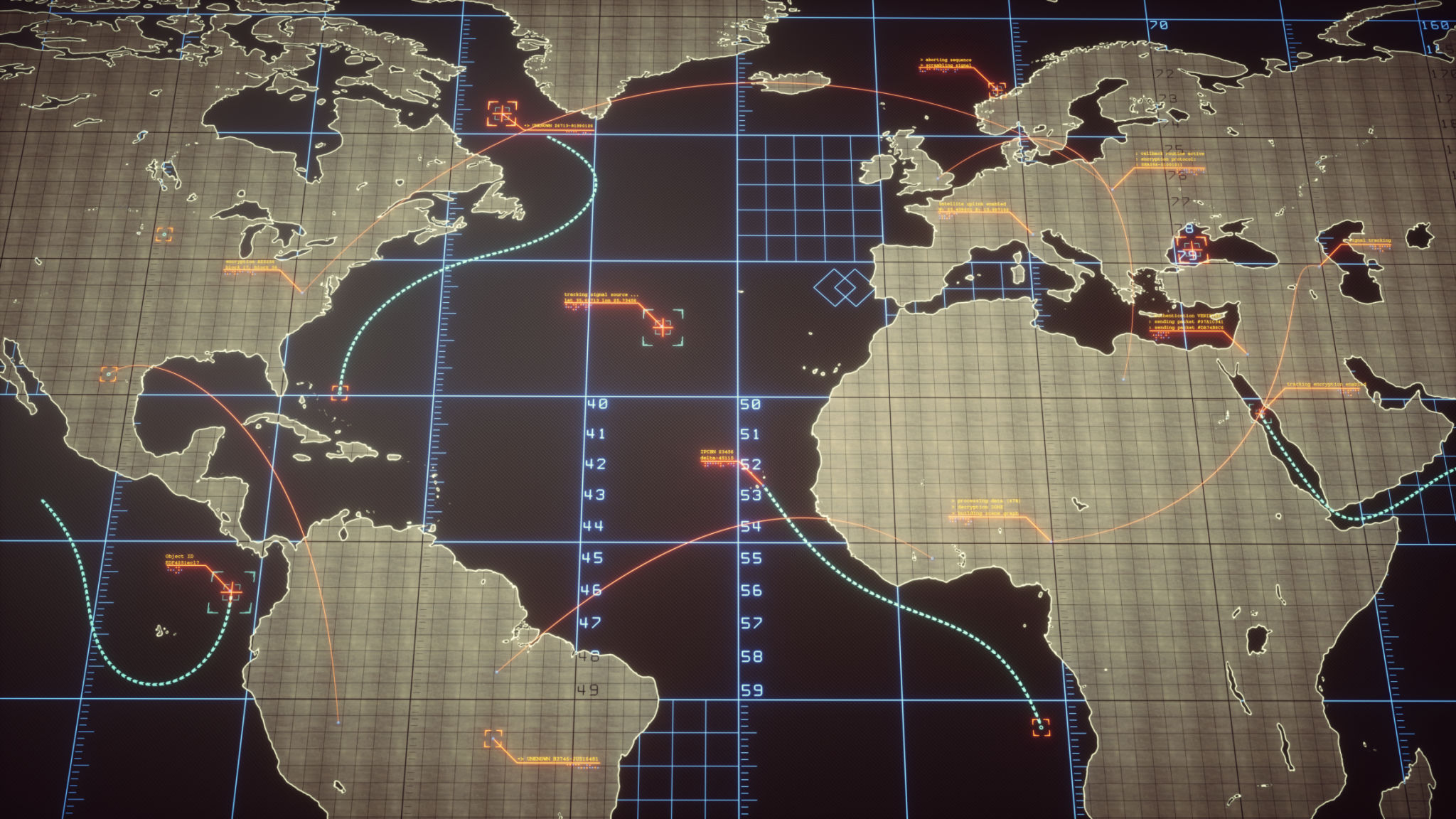Fantasy Military Storytelling: Tips for Aspiring Authors
Understanding the Fantasy Military Genre
Fantasy military storytelling is a thrilling subgenre that combines the imaginative elements of fantasy with the strategic and tactical nuances of military fiction. It offers readers a unique experience, often filled with epic battles, complex characters, and intricate worlds. For aspiring authors, mastering this genre requires a keen understanding of both fantasy and military concepts. Whether it's world-building or character development, each aspect plays a crucial role in crafting an engaging narrative.

World-Building: The Backbone of Your Story
In fantasy military stories, world-building is paramount. Your setting serves as the backdrop for all the action, influencing the plot and characters. Consider the geography, political structures, and cultures within your world. These elements can significantly impact military strategies and conflicts. For instance, a kingdom surrounded by mountains might employ a different battle tactic than one in open plains.
Remember to integrate magic or fantastical elements organically. These should complement the military aspects rather than overshadow them. Consider how magical forces might be used in warfare and the rules governing them. Consistency in these rules helps maintain believability within your story.
Crafting Compelling Characters
The heart of any story lies in its characters. In fantasy military fiction, you'll want to develop characters who are not only relatable but also exhibit growth throughout the narrative. Consider the motivations driving your protagonists and antagonists. Are they fighting for personal honor, duty to their kingdom, or something more complex?

Strong character arcs can add depth to your story. This could include a soldier rising through the ranks, a conflicted leader making difficult decisions, or a spy navigating political intrigue. Diverse and dynamic characters can engage readers and provide multiple perspectives on the unfolding events.
Plotting Epic Battles
One of the most exciting aspects of fantasy military storytelling is crafting epic battles. These scenes require careful planning to balance action with clarity. Consider using maps or diagrams to plot out your battles strategically.
- Establish clear objectives for each side.
- Introduce unexpected twists to maintain tension.
- Showcase individual heroics and sacrifices to highlight characters.
Researching Military Tactics
While imagination is key, grounding your story in realistic military tactics can enhance its authenticity. Research historical battles and strategies to inspire your scenes. Understanding formations, supply lines, and communication methods can add layers of realism and intrigue.

Consider how different technologies or magical elements might alter traditional tactics. For example, a society with airships might approach naval warfare differently than one limited to ground forces.
Balancing Action with Emotion
While battles are central to the genre, don't overlook the emotional impact of war on your characters. Explore themes of loss, loyalty, and moral ambiguity. How do these experiences shape your characters' worldviews? Balancing action with emotional depth ensures your story resonates with readers beyond its thrilling sequences.
In conclusion, crafting a compelling fantasy military story requires a blend of creativity and research. By building immersive worlds, developing complex characters, and plotting strategic battles, you can create a narrative that captivates and inspires. Remember, the best stories are those that transport readers to new realms while exploring timeless human experiences.
